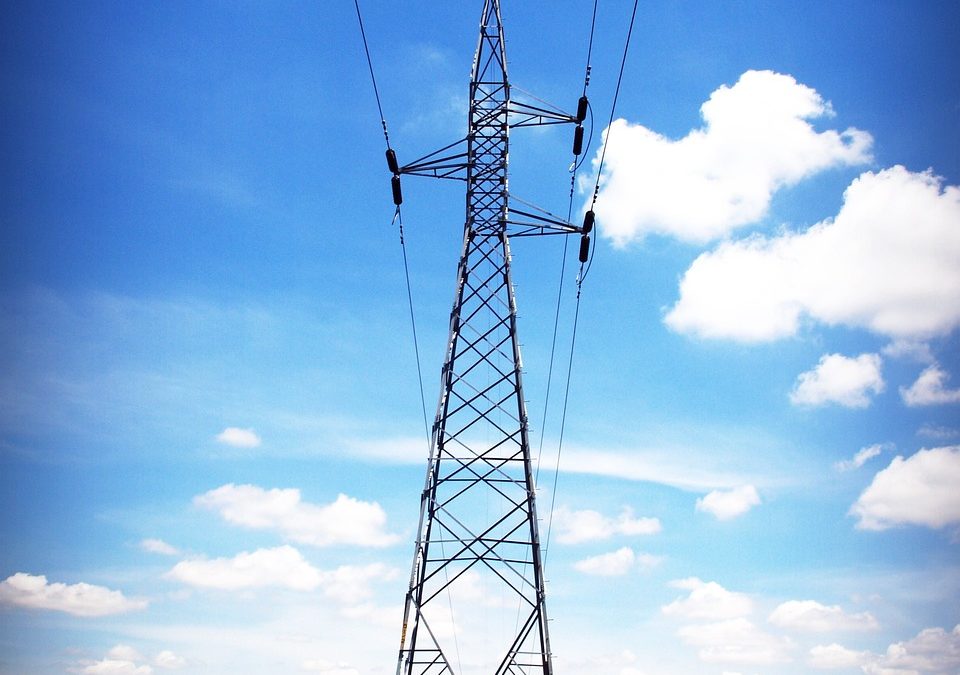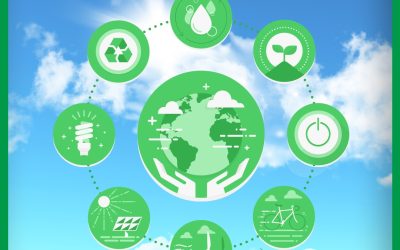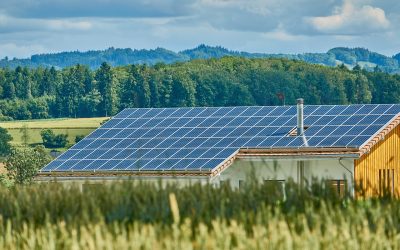Imagine a future where the cost of distributing and transmitting electricity is significantly reduced. Picture a world where the burden on consumers and businesses is lighter, where clean and affordable energy is no longer a luxury. Exciting, right? Well, that future might not be too far off. In this article, we will explore the concept of lower distribution and transmission costs and how it can revolutionize the way we access and utilize electricity. Get ready to witness the potential transformation of our energy landscape.
Understanding Distribution and Transmission Costs
What are Distribution and Transmission Costs?
Distribution and transmission costs refer to the expenses associated with delivering electricity from power plants to consumers. Distribution costs cover the infrastructure, equipment, and operations required to distribute electricity within a local area, such as power lines, transformers, and substations. Transmission costs, on the other hand, involve the high-voltage transmission lines and equipment needed to transmit electricity across long distances to distribution networks.
Factors Affecting Distribution and Transmission Costs
Several factors influence the cost of distributing and transmitting electricity. One key factor is the distance between the power generation source and the end consumers. Longer transmission distances require more transmission infrastructure, resulting in higher costs. Additionally, the size and complexity of the distribution network, including the number of substations and transformers, can impact costs.
Other factors influencing these costs include the regulatory environment, labor expenses, material costs, maintenance and repairs, and the age and condition of existing infrastructure. Furthermore, the integration of renewable energy sources and the increasing demand for electricity pose unique challenges and opportunities for cost management in the distribution and transmission sectors.
Importance of Lowering Distribution and Transmission Costs
Lowering distribution and transmission costs is crucial for several reasons. Firstly, it helps to ensure affordability and accessibility of electricity for consumers. High distribution and transmission costs can result in higher electricity bills for end-users, making it challenging for low-income households to afford basic electricity services. By reducing these costs, electricity becomes more affordable, benefiting both residential and commercial consumers.
Secondly, lowering distribution and transmission costs promotes economic growth. Businesses heavily rely on affordable and reliable electricity to operate efficiently. By reducing the cost of distributing and transmitting electricity, industries can allocate their resources more effectively and invest in other areas, driving economic development.
Lastly, lowering these costs contributes to environmental sustainability. More cost-effective distribution and transmission systems can facilitate the integration of renewable energy sources and promote the transition to cleaner energy. This shift decreases dependence on fossil fuels, reduces greenhouse gas emissions, and mitigates the impacts of climate change.
Technological Innovations in Lowering Costs
Smart Grid Technology
One of the most significant technological innovations in reducing distribution and transmission costs is the implementation of smart grid technology. Smart grids utilize advanced sensors, communication networks, and real-time data analytics to optimize the flow of electricity. By integrating various components of the power system, including generation, transmission, distribution, and consumption, smart grids enable better energy management, reduce energy waste, and increase system resilience.
Smart grids offer numerous benefits for cost reduction. They enable more efficient demand response programs, allowing consumers to adjust their electricity usage during peak demand periods. This reduces the strain on the grid and avoids the need for costly infrastructure upgrades. Additionally, smart grids improve fault detection and localization, reducing downtime and the need for extensive repair work.
Advanced Metering Infrastructure (AMI)
Advanced Metering Infrastructure (AMI) plays a vital role in lowering distribution and transmission costs by providing detailed information on electricity consumption. AMI systems use smart meters to collect and transmit real-time data on energy consumption, allowing utilities to have a deeper understanding of energy usage patterns and identify areas for improvement.
By implementing AMI, utilities can detect inefficiencies in distribution systems, such as power losses or voltage fluctuations, and take corrective actions promptly. This helps to minimize costs associated with energy waste and system maintenance. Furthermore, AMI enables more accurate billing, reducing the potential for billing errors and disputes, which can lead to financial losses for both utilities and consumers.
Distributed Energy Resources (DERs)
Distributed Energy Resources (DERs) offer a decentralized approach to power generation and can significantly contribute to cost reduction in distribution and transmission. DERs include various small-scale renewable energy systems, such as solar panels, wind turbines, and energy storage devices, that are installed at or near the point of consumption.
By generating electricity closer to the end-users, DERs can alleviate the strain on distribution and transmission infrastructure. This reduces the need for extensive transmission lines and costly upgrades. Additionally, DERs enhance grid resiliency by providing localized power supply during outages or emergencies.
Intelligent Load Management Systems
Intelligent Load Management Systems, also known as demand-side management systems, enable utilities to optimize the utilization of their distribution and transmission infrastructure. These systems use advanced algorithms and real-time data to balance electricity supply and demand, ensuring efficient grid operation.
By implementing intelligent load management systems, utilities can encourage consumers to shift their electricity usage to off-peak hours through incentives or time-based pricing. This helps to reduce peak demand, avoiding the need for costly infrastructure expansions. Load management systems also enable utilities to prioritize essential loads during emergencies, ensuring that critical services are maintained while minimizing disruptions and costs.
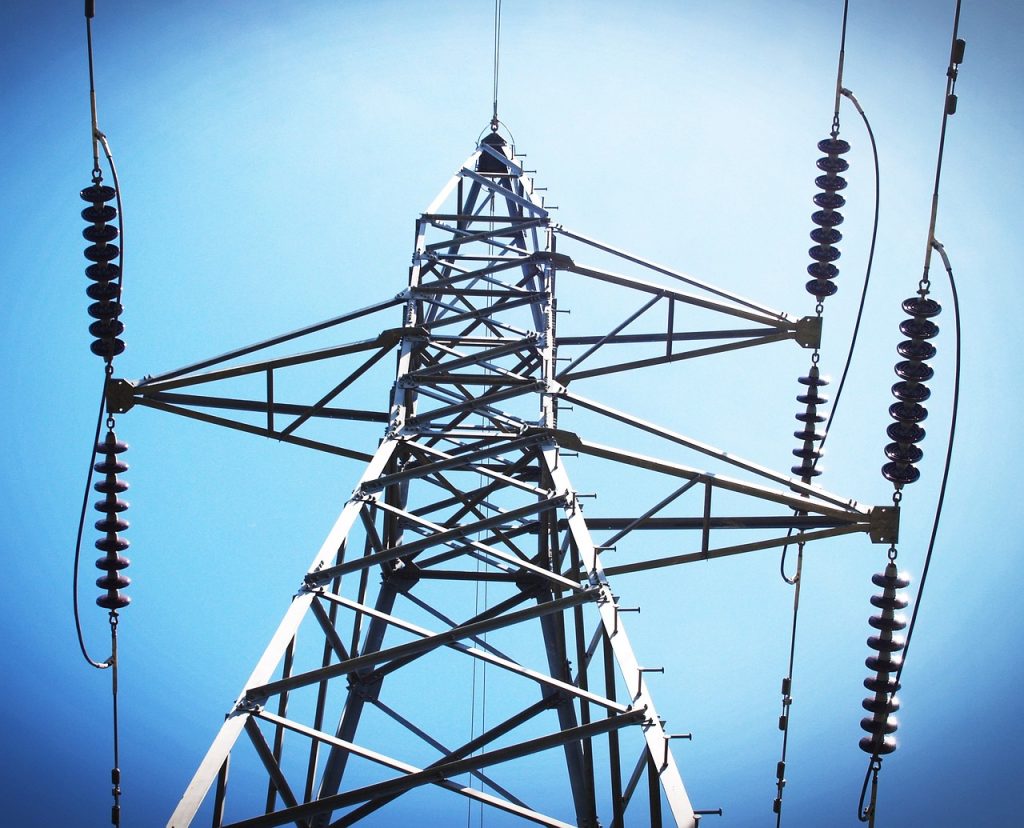
Improving Efficiency in Distribution Systems
Enhanced Grid Planning and Operation
Efficient grid planning and operation are crucial for lowering distribution costs. By conducting detailed analyses and simulations, utilities can identify areas of the grid that require upgrades or reinforcement to handle increasing electricity demand. This proactive approach allows utilities to optimize their investments and minimize unnecessary expenses.
Moreover, utilities can leverage advanced technologies and predictive analytics to identify potential issues before they occur. By closely monitoring the condition of equipment and infrastructure, utilities can schedule maintenance and repairs efficiently, reducing downtime and associated costs.
Asset Management and Maintenance
Proper asset management and maintenance are essential for ensuring the longevity and reliability of distribution systems. Regular inspections, preventive maintenance, and timely repairs help to identify and address issues before they escalate into major problems. This approach minimizes the risk of system failures and extends the lifespan of equipment and infrastructure.
Furthermore, implementing proactive asset management strategies can optimize the use of existing assets, reducing the need for expensive replacements or upgrades. By prioritizing investments based on asset condition and predicted failure rates, utilities can allocate resources efficiently and lower overall maintenance costs.
Reduction of Energy Losses
Energy losses during distribution represent a significant expense for utilities. These losses occur as electricity flows through power lines, transformers, and other distribution equipment, resulting in wasted energy and increased costs. By implementing measures to minimize energy losses, utilities can achieve substantial cost savings.
Efficient distribution system planning, including optimizing conductor sizing and reducing line resistance, can help to decrease energy losses. Additionally, the use of advanced power electronics technologies, such as power factor correction devices and voltage regulation equipment, can improve the efficiency of distribution systems and minimize losses.
Voltage Regulation
Voltage regulation plays a vital role in ensuring the stability and efficiency of distribution systems. By maintaining voltage levels within an acceptable range, utilities can minimize energy losses, improve equipment performance, and reduce maintenance and repair costs.
Advanced voltage regulation techniques, such as automatic voltage regulators and capacitor banks, can help utilities to achieve optimal voltage levels throughout their distribution networks. These technologies ensure that voltage remains within the desired range, reducing unnecessary fluctuations and associated costs.
Integrating Renewable Energy Sources
Benefits of Renewable Energy Integration
Integrating renewable energy sources into distribution and transmission systems brings several benefits. Firstly, renewable energy sources, such as solar and wind power, have lower operational costs compared to fossil fuel-based generation. This can lead to overall cost reduction across the entire electricity supply chain.
Secondly, renewable energy integration enhances grid resiliency by diversifying the energy mix. By relying on multiple sources of energy, utilities can ensure a more reliable power supply, reducing the risk of blackouts or disruptions caused by failure in a single generation source.
Furthermore, integrating more renewable energy into the grid contributes to environmental sustainability by reducing greenhouse gas emissions. This helps to mitigate climate change and its associated costs, such as increased frequency and intensity of extreme weather events.
Challenges and Solutions
While integrating renewable energy sources presents significant advantages, it also brings unique challenges. Renewable energy generation tends to be intermittent and variable, depending on factors such as weather conditions. This can introduce challenges in maintaining grid stability and ensuring a constant power supply.
To address these challenges, utilities can implement advanced forecasting technologies to predict renewable energy generation accurately. This allows for better coordination of renewable generation with overall system operation, minimizing the impact of variability on the grid.
Additionally, energy storage technologies, such as batteries, offer a solution to store excess renewable energy and release it when needed, ensuring a more stable power supply. By combining renewable generation with energy storage, utilities can achieve a more reliable and cost-effective integration of renewables into their distribution and transmission systems.
Grid Flexibility and Storage Solutions
Achieving greater grid flexibility is essential for the successful integration of renewable energy sources. Grid flexibility refers to the ability of the power system to adapt to changes in generation and consumption patterns, ensuring balance and stability.
To enhance grid flexibility, utilities can implement flexible grid design strategies, such as dynamic line rating, which allows power lines to carry higher loads during favorable weather conditions. This approach reduces congestion and enables the integration of additional renewable energy sources without major infrastructure upgrades.
Furthermore, energy storage technologies play a crucial role in providing grid flexibility. Batteries and other storage solutions can store excess renewable energy during periods of high generation and release it during times of high demand or low renewable generation. Energy storage helps to balance supply and demand, stabilize the grid, and minimize the need for expensive peaking plants.
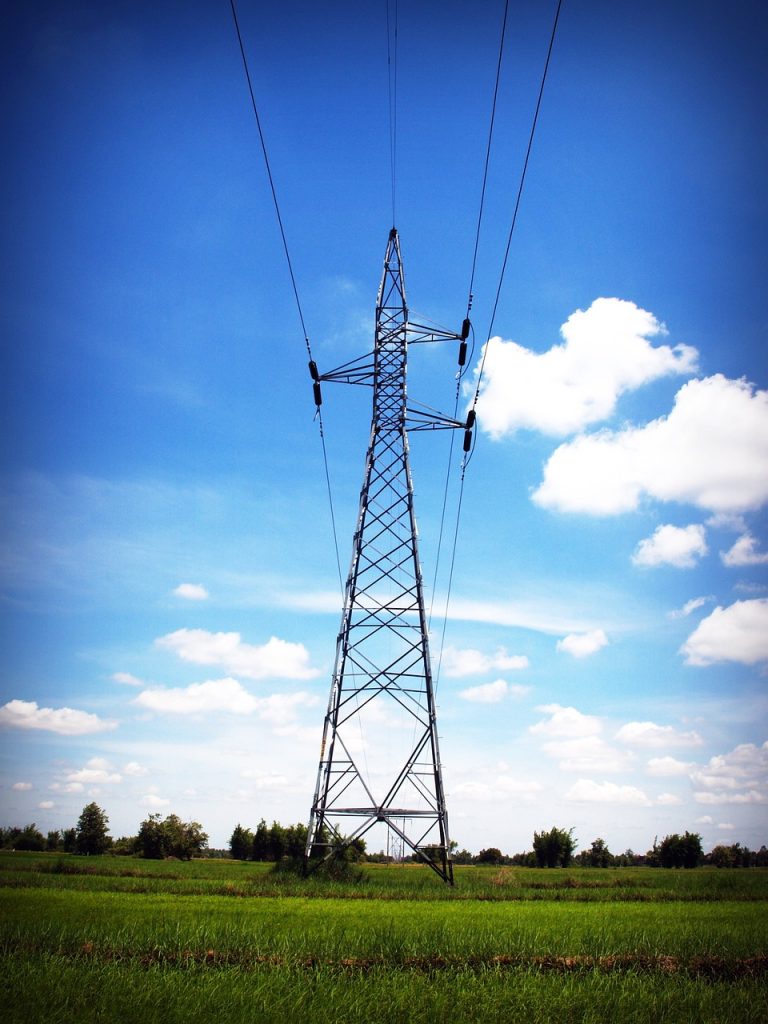
Policy and Regulation for Lowering Costs
Incentives for Distribution and Transmission Investment
To encourage investment in distribution and transmission infrastructure, policymakers can provide incentives for utilities. These incentives can include financial support, tax breaks, or other benefits that help utilities recover their investment costs over time.
Furthermore, regulators can implement performance-based regulation (PBR) mechanisms, which provide incentives for utilities to deliver services efficiently and at reduced costs. PBR rewards utilities for achieving performance targets related to cost management, reliability, and customer satisfaction. This approach encourages utilities to prioritize cost reduction and efficiency while maintaining high-quality service.
Competitive Procurement for Transmission Projects
Implementing competitive procurement processes for transmission projects can help to lower costs by fostering competition among developers. This approach allows multiple developers to bid on transmission projects, ensuring that the project is awarded to the most cost-effective and efficient proposal.
Competitive procurement promotes innovation and cost efficiency, as developers are encouraged to present their best and most competitive offers. This helps to drive down costs while ensuring the timely implementation of transmission projects.
Improving Grid Resilience and Reliability
Preventive Maintenance and Modernization
Grid resilience and reliability can be improved through proactive preventive maintenance and modernization efforts. Regular inspections, equipment upgrades, and infrastructure modernization help to identify and address potential weak points in the system before they lead to failures or disruptions.
By investing in preventive maintenance and modernization, utilities can reduce the frequency and duration of power outages, minimizing associated costs for both utilities and end-users. Additionally, modernizing outdated equipment and infrastructure can lead to improved efficiency, lower maintenance requirements, and reduced long-term costs.
Enhanced Fault Detection and Localization
Prompt fault detection and localization are crucial for minimizing downtime and reducing repair costs. By implementing advanced fault detection technologies, utilities can quickly identify and locate faults, allowing for efficient and targeted repairs.
Using technologies such as remote monitoring, sensors, and data analytics, utilities can gain real-time visibility into their distribution systems. This enables them to detect faults, such as equipment failures or line damages, and dispatch repair crews promptly. Fast and precise fault detection helps to minimize system downtime, reduce customer disruptions, and minimize costs associated with repairs and equipment replacement.
Microgrids and Decentralized Power Generation
Microgrids and decentralized power generation solutions offer a promising approach to improve grid resilience and reliability. Microgrids are small-scale power systems that can operate independently or in parallel with the main grid. These systems are typically equipped with local power generation sources, such as solar panels or wind turbines, and energy storage devices.
By decentralizing power generation and creating localized microgrids, utilities can ensure the availability of electricity in specific areas, even during grid outages or emergencies. Microgrids enhance grid resilience by isolating specific sections of the system and providing localized power supply. This reduces the impact of disruptions, minimizes downtime, and improves overall system reliability.
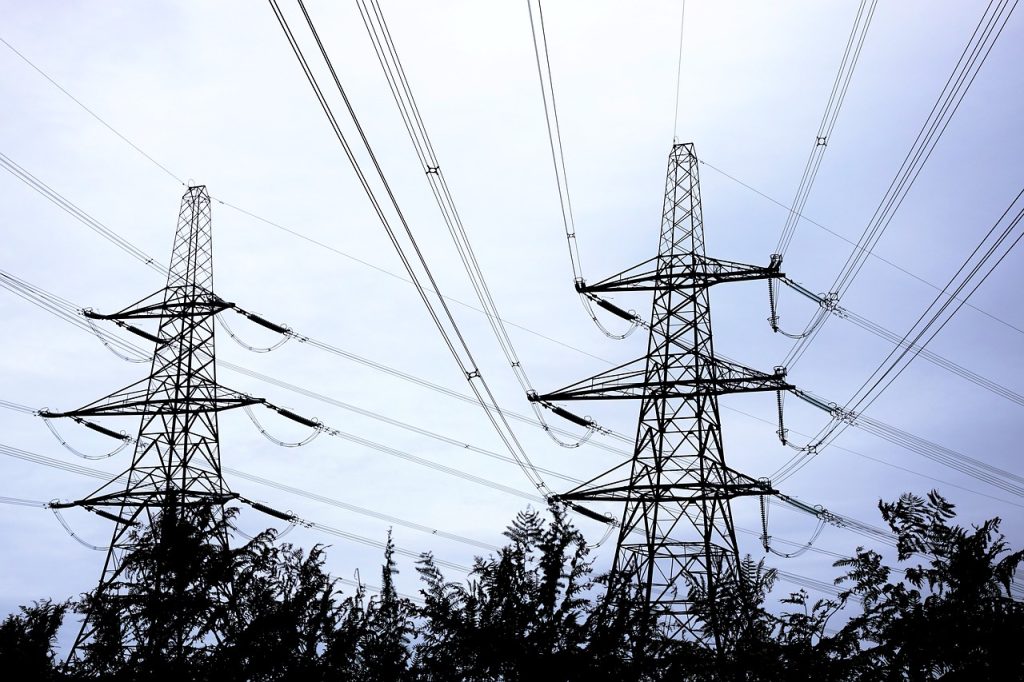
Demand Response and Energy Efficiency Programs
Benefits of Demand Response Programs
Demand response programs involve shifting electricity usage patterns to align with the availability of resources and grid conditions. By encouraging consumers to adjust their electricity consumption during peak demand periods, utilities can better manage the load on the grid and avoid costly infrastructure upgrades.
Demand response programs offer several benefits. They reduce pressure on the grid during peak demand, preventing the need for expensive quick-start power plants or additional transmission lines. These programs also help to balance electricity supply and demand, improving grid stability and reducing the risk of blackouts. Furthermore, by aligning electricity usage with periods of high renewable energy generation, demand response programs contribute to the integration of renewables and the reduction of carbon emissions.
Energy Efficiency Initiatives
Energy efficiency initiatives play a pivotal role in lowering distribution and transmission costs. By promoting energy-efficient practices and technologies, utilities can help consumers reduce their overall electricity consumption.
Through energy audits and incentives, utilities can educate consumers about energy-efficient appliances, lighting, insulation, and other measures that can significantly reduce electricity usage. This reduces the strain on the grid, postpones the need for costly infrastructure upgrades, and lowers overall energy costs for consumers.
Furthermore, implementing energy efficiency initiatives can contribute to environmental sustainability by reducing greenhouse gas emissions associated with electricity generation. This helps to mitigate the impacts of climate change and achieve long-term cost savings by avoiding the need for expensive emission reduction strategies.
Customer Engagement and Education
Engaging customers and educating them about the importance of energy conservation and cost management is essential for the success of demand response and energy efficiency programs. Utilities can provide information and resources to help customers understand their energy usage and make informed decisions about their electricity consumption.
Through personalized energy usage reports, online portals, and educational campaigns, utilities can empower customers to actively participate in demand response programs and adopt energy-efficient behaviors. Increased customer engagement and education result in more significant energy savings, lower demand during peak periods, and reduced distribution and transmission costs for utilities.
Ensuring Cost-Effective Grid Operations
Advanced Grid Analytics
Advanced grid analytics leverage data analytics and machine learning algorithms to gain insights into grid operations and identify areas for improvement. By analyzing large volumes of data collected from sensors, meters, and other sources, utilities can optimize their grid operations and reduce costs.
Grid analytics can help utilities identify patterns in electricity demand, detect abnormal consumption behaviors, and predict system failures. This allows for proactive load management, efficient asset utilization, and timely maintenance and repairs. Furthermore, grid analytics enable utilities to identify opportunities for grid optimization, such as load balancing and load shedding, to ensure cost-effective operations.
Predictive Maintenance Systems
Predictive maintenance systems utilize data and analytics to predict equipment failures before they occur, allowing utilities to plan maintenance and repairs proactively. By monitoring the condition of equipment and analyzing performance data, utilities can identify potential issues and schedule maintenance when it is most cost-effective.
Predictive maintenance minimizes the risk of unexpected equipment failures, reducing downtime and associated costs. It also helps utilities optimize their maintenance schedules, avoiding unnecessary repairs or replacements. By implementing predictive maintenance systems, utilities can extend the lifespan of their assets, reduce maintenance expenses, and improve overall system reliability.
Real-Time Monitoring and Control
Real-time monitoring and control systems provide utilities with instantaneous visibility into grid operations, allowing for quick response to grid events and abnormalities. By continuously monitoring key performance indicators and collecting real-time data, utilities can identify and address issues promptly, improving system performance and reducing costs.
Real-time monitoring enables utilities to detect grid abnormalities, such as voltage fluctuations or power quality issues, in real-time. This allows for immediate actions to be taken, such as voltage regulation or load shedding, to prevent further problems and ensure a stable power supply. Additionally, real-time monitoring enhances grid security by detecting unauthorized access or anomalies in the system, minimizing the risk of cyber-attacks or physical threats.
Enhanced Grid Security
Enhanced grid security measures are critical for ensuring cost-effective operations and protecting the integrity of distribution and transmission systems. Utilities must implement robust cybersecurity protocols to safeguard their infrastructure against potential threats.
By investing in comprehensive cybersecurity measures, utilities can prevent unauthorized access, data breaches, and other cyber threats. This not only protects the integrity of the grid but also minimizes the risk of disruptions, downtime, and potentially costly damages.
Moreover, physical security measures, such as perimeter fencing, surveillance systems, and access control, are essential for protecting critical assets and infrastructure. By maintaining a secure environment, utilities can mitigate the risk of equipment theft, vandalism, and other physical threats, ultimately reducing costs associated with repairs and replacements.
Collaborative Initiatives and Partnerships
Industry-Academia Collaboration
Collaboration between the energy industry and academia plays a vital role in advancing cost reduction efforts in distribution and transmission. By working together, industry players and academic institutions can exchange knowledge, conduct research, and develop innovative solutions to common challenges.
Industry-academia collaboration can help utilities stay updated on the latest technological advancements, best practices, and research findings in the energy sector. This knowledge exchange allows utilities to identify cost-effective solutions, evaluate emerging technologies, and implement successful practices. Additionally, academic research can provide utilities with data-driven insights on cost management strategies, helping them make informed decisions about infrastructure investments and operational improvements.
Public-Private Partnerships
Public-private partnerships (PPPs) offer a collaborative approach to addressing distribution and transmission cost challenges. PPPs involve cooperation between government entities and private sector organizations to develop, fund, and implement infrastructure projects and initiatives.
By leveraging the expertise, resources, and funding of both public and private entities, PPPs can drive innovation, reduce costs, and accelerate the implementation of cost-effective solutions. These partnerships enable the sharing of risks and rewards, ensuring that distribution and transmission costs are managed effectively, and benefits are shared among stakeholders.
Regional and International Cooperation
Regional and international cooperation is crucial for sharing knowledge, best practices, and resources in the pursuit of lower distribution and transmission costs. By collaborating with other utilities, regulatory bodies, and policymakers, utilities can benefit from the experiences and lessons learned in different regions and countries.
Regional cooperation enables utilities to gain insights into successful cost reduction strategies implemented by neighboring jurisdictions. By learning from these experiences, utilities can adapt and implement similar approaches to achieve cost savings and operational efficiencies.
International cooperation fosters knowledge exchange, technological transfer, and policy alignment in the energy sector. By collaborating with utilities and organizations from around the world, utilities can access global expertise, learn about innovative approaches, and engage in joint research and development efforts. This international cooperation helps utilities stay at the forefront of cost reduction initiatives and facilitates the exchange of ideas to address common challenges.
Future Outlook and Conclusion
The future of lowering distribution and transmission costs looks promising as technology continues to advance, policies become more supportive, and the importance of cost-effective grid operations becomes increasingly recognized. With ongoing efforts to integrate renewable energy sources, implement smart grid technologies, and promote energy efficiency, distribution and transmission costs are expected to decrease further.
However, several potential challenges need to be addressed to ensure sustainable cost reduction. These challenges include the need for continued investment in infrastructure upgrades, addressing regulatory barriers to innovation, and managing the complexity of integrating renewable energy into the grid.
By focusing on collaboration, research and development, and targeted policy interventions, utilities and stakeholders can overcome these challenges and achieve a sustainable and affordable energy future. The path to lower distribution and transmission costs lies in embracing technological innovations, improving grid efficiency, integrating renewable energy sources, implementing supportive policies, and fostering international cooperation. By working together, the global energy industry can create a cost-effective and resilient grid that benefits consumers, businesses, and the environment.

